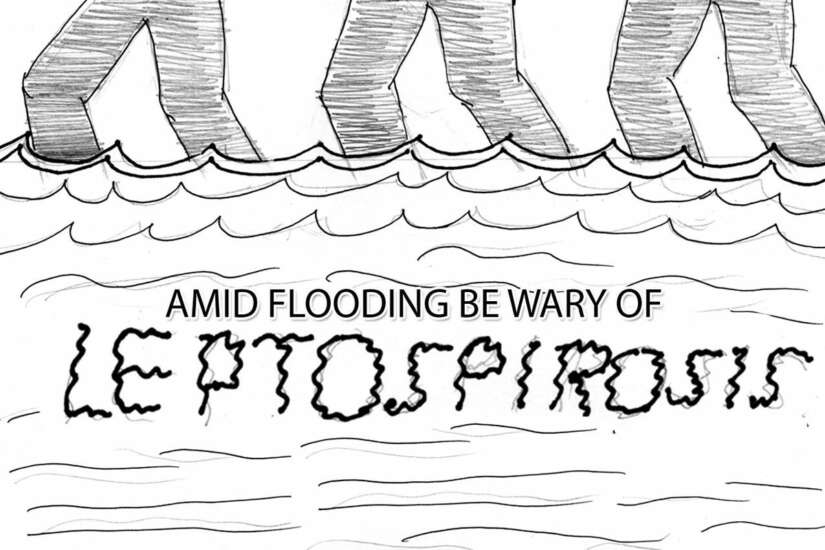IN the government’s campaign against leptospirosis, a potentially fatal bacterial infection that can cause “severe complications,” there’s something that should never be forgotten by the people.
It is for communities, health workers and individuals not to ignore or take for granted any of the signs and symptoms of persons having the deadly disease, otherwise known as rat or field fever.
Noticeable signs can be a yellowish body discoloration, dark-colored urine, and light stools and low urine output.
Symptoms, some of which may be mistaken for other diseases, include fever, muscle pain and severe headache, according to Senator Richard “Dick” Gordon, chair of the Philippine Red Cross (PRC).
After successive powerful typhoons submerged many areas in Luzon, the PRC reminded the public to take extra cautions to prevent leptospirosis, which is transmitted by animals, such as rodents.
Animal wastes, such as urine and feces, may contain leptospira spirochetes bacteria, especially from rats, which contaminate the soil, water and vegetation.
“We are preparing a standard campaign that I know our kababayan can simply follow. We are taking the next steps to secure the people from leptospirosis,” said Gordon, a member of the 1971 Constitutional Convention.
At the same time, the PRC called on the people to avoid swimming or wading in potentially contaminated water and use boots and gloves or any protection available when exposed to floodwaters.
We agree with PRC, a member of the International Red Cross and Red Crescent Movement which was established in 1947, that what’s important is for everybody to maintain cleanliness in the house.
Thus, in the view of various quarters, it’s certainly high time to step up the pressure on everybody, particularly local government and barangay officials, to support and join the clean-up drive.

